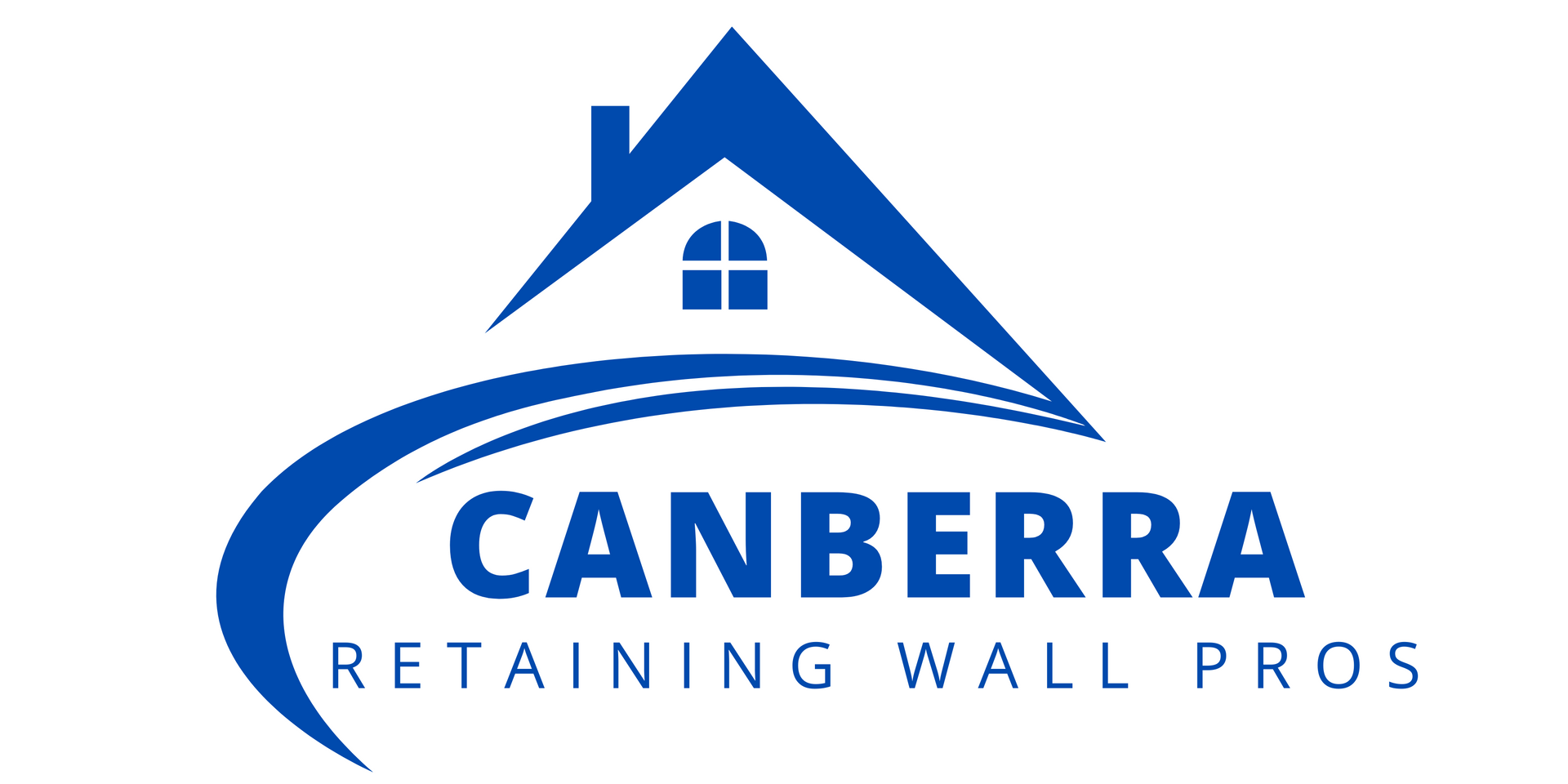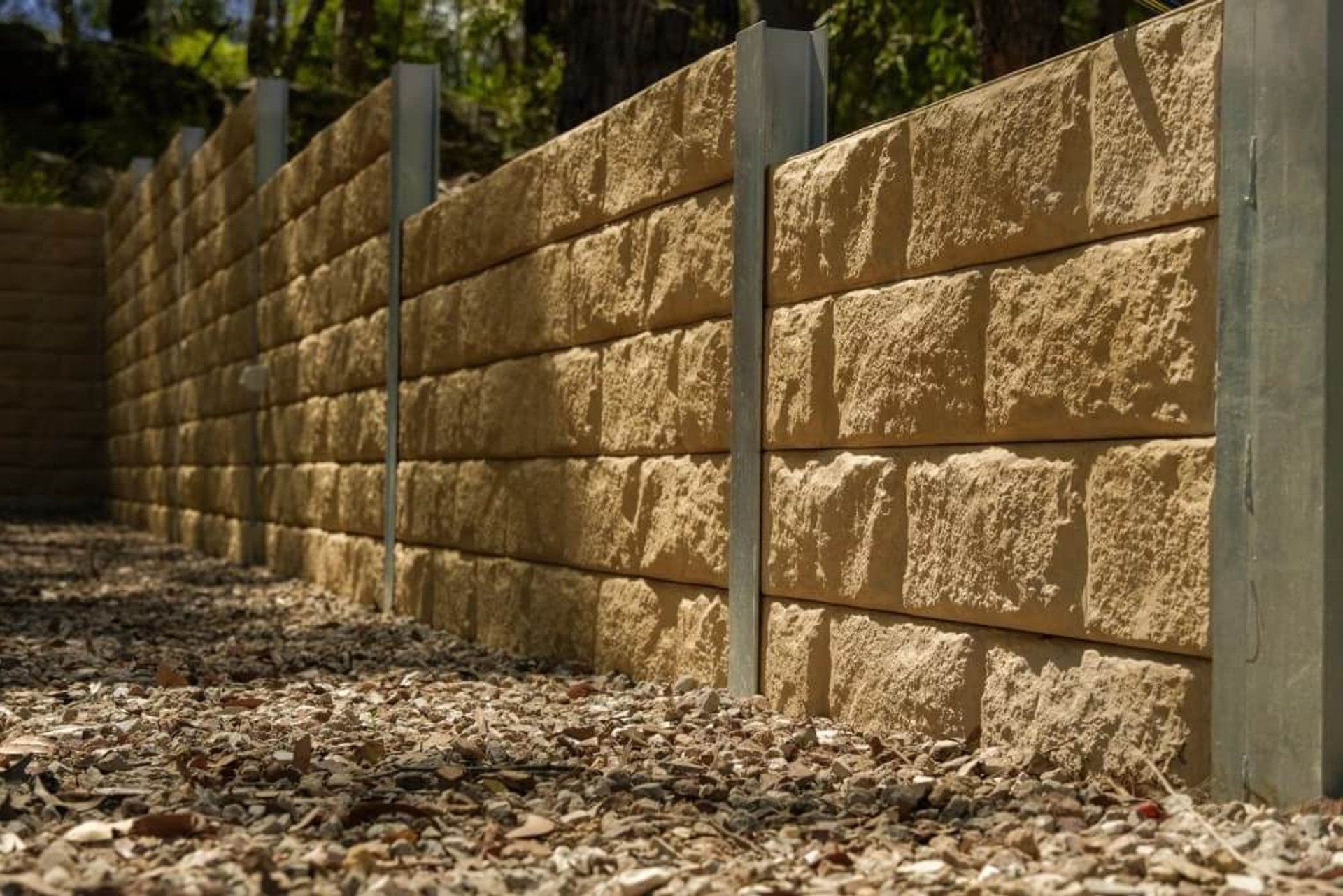Concrete Sleeper Retaining Wall Construction
Cost-Effectiveness in the Long Run
Cost-Effectiveness in the Long Run
Concrete Sleeper Retaining Wall Costs
Cost-effectiveness in the long run is a crucial consideration when evaluating construction options, and concrete sleeper retaining walls stand out as a prime example of a wise investment. While the initial cost may seem higher compared to alternative materials, the durability and low maintenance requirements of concrete sleeper retaining walls translate to significant savings over time.
Concrete sleeper retaining walls are renowned for their robustness, offering a sturdy solution to soil retention and erosion control. This inherent strength ensures a prolonged lifespan, reducing the need for frequent repairs or replacements. The initial investment in quality materials and professional installation pays dividends in the form of a structure that withstands the test of time, making it a cost-effective choice for the long haul.
One of the key advantages contributing to the cost-effectiveness of concrete sleeper retaining walls is their minimal maintenance demands. Unlike other materials that may succumb to weathering or decay, concrete sleepers require little upkeep. This translates to reduced ongoing expenses, as property owners can allocate resources elsewhere without worrying about constant repairs or replacements. The longevity and low maintenance requirements of concrete sleeper retaining walls underscore their cost-effectiveness over the years, making them a reliable and economical choice for those seeking a durable and lasting solution for soil retention and landscaping needs.
Safety Features of Concrete Sleepers
Concrete sleeper retaining walls are renowned for their robust structural stability and exceptional safety features, making them a preferred choice for various landscaping and infrastructure projects. These walls are meticulously designed to withstand the pressures exerted by soil, water, and external forces, ensuring longevity and reliability.
The structural stability of concrete sleeper retaining walls is primarily attributed to the reinforced concrete material used in their construction.
Reinforcement bars within the concrete enhance tensile strength, preventing cracks and ensuring the wall's ability to endure substantial loads. This structural integrity is vital for retaining walls, especially when supporting elevated levels of soil or handling dynamic environmental conditions.
In terms of safety, these walls are equipped with key features that enhance their performance and minimise risks. Proper drainage systems are integrated to mitigate hydrostatic pressure, preventing water accumulation behind the wall that could compromise stability. Additionally, the interlocking design of the concrete sleepers ensures a secure and uniform structure, reducing the risk of displacement or collapse.
Concrete sleeper retaining walls are resistant to environmental elements, such as erosion and corrosion, ensuring their longevity and sustained safety. These walls are engineered to comply with industry standards and regulations, assuring users of their reliability in diverse applications, from residential landscaping to civil engineering projects. In essence, the safety features of concrete sleeper retaining walls underscore their capacity to provide enduring structural stability, making them a prudent choice for projects where safety and durability are paramount considerations.
Colour Options for Concrete Sleepers
Concrete sleeper walls offer a robust and durable solution for various landscaping and structural needs, and their aesthetic appeal can be further enhanced by a diverse range of colour options. These colour choices cater to different design preferences, allowing homeowners, architects, and landscapers to seamlessly integrate concrete sleeper walls into their projects.
The colour palette for concrete sleeper walls spans a spectrum of earthy tones, providing options that harmonise with natural surroundings. Classic shades like sandstone, slate grey, and charcoal add a touch of sophistication, while lighter hues such as beige and ivory create a bright and airy atmosphere. These neutral tones offer versatility, effortlessly blending into diverse landscapes and complementing a range of architectural styles.
For those seeking a more contemporary or vibrant look, manufacturers often offer bolder choices like terracotta, moss green, or even midnight blue. These options open up opportunities for creative and unique designs, allowing concrete sleeper walls to become a focal point or an expressive element within the overall landscaping scheme.
In addition to aesthetic considerations, the colour options for concrete sleeper walls also take into account practicality. UV-resistant pigments ensure that the chosen hues maintain their vibrancy over time, even when exposed to the elements. This combination of durability and aesthetic variety makes concrete sleeper walls a versatile choice for anyone looking to strike the perfect balance between functionality and visual appeal in their outdoor spaces.
All Rights Reserved | Canberra Retaining Wall Pros | Terms of Service | Privacy Policy


